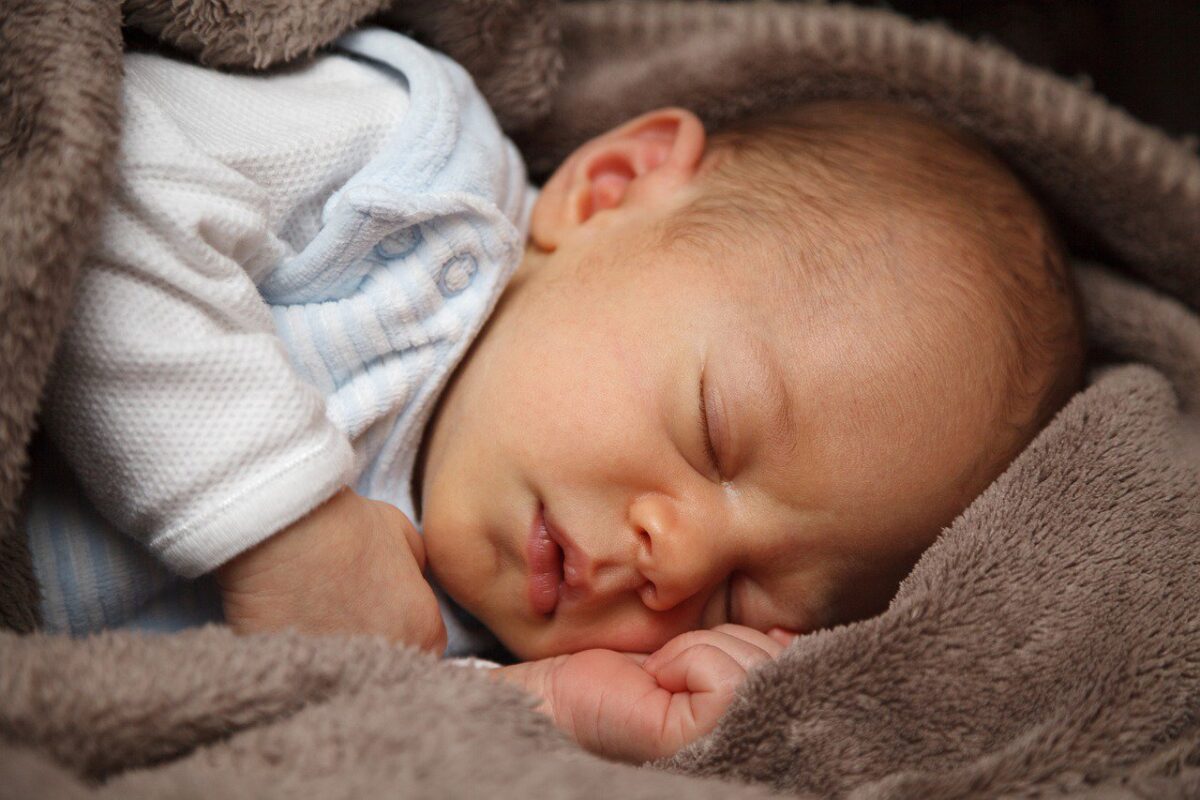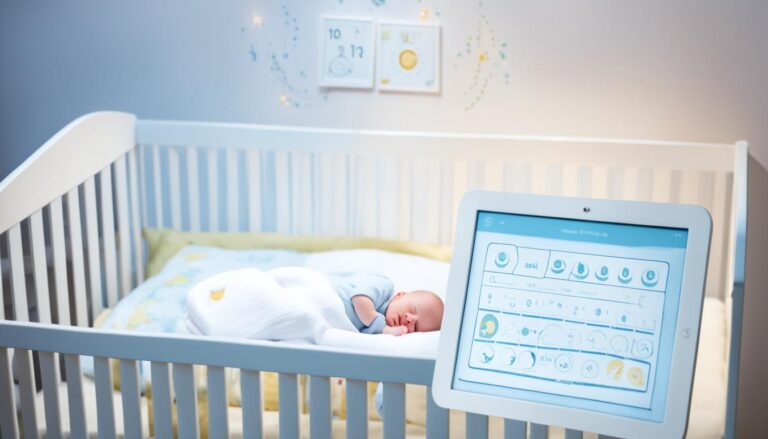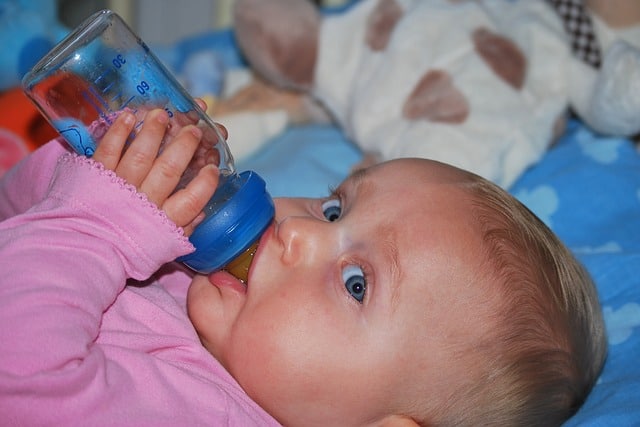Do Babies Have Eyebrows And When Do They Start Growing?
For centuries, we have been taking good care of our eyebrows. These bundles of small hair are more than just for aesthetics. They have helped us survive for centuries, even in the tiniest ways.
Eyebrows help keep our eyes clean from dirt and sweat. The unique shape of our eyebrows makes it hard for grime to fall straight into our eyes; instead, they will flow to the sides of our faces. They also can block direct light from hitting our eyes.
Socially speaking, eyebrows allow us to be expressive, showing emotions like anger, frustration, concern, and joy with non-verbal cues. We can share our thoughts and feelings with others without needing words. Unique eyebrows are also handy for facial detection.
Our genetics determines how our eyebrows can look, from their size, thickness, and color. But when do we start seeing eyebrows on babies? Come to think of it, do babies even have eyebrows?
Skip To The Following Sections
Do Babies Have Eyebrows?
Have you ever stare at your baby’s face and wonder where their eyebrows are? Well, look no further because they are there. Your babies are born with hair follicles for their eyebrows to grow out of.
Eyebrow growth varies among babies, though. Some babies have eyebrows the minute they come out of the womb. Others will have them sooner or later. It all comes down to their genes.
Your and your partner’s genes will determine the appearance of your baby’s eyebrows. If you and your spouse have bushy brown eyebrows, there’s a big chance that your baby will inherit those traits.
When Do Eyebrows Start Growing in Babies?
Babies don’t grow their eyebrows at the same time. On average, you might see eyebrow growth at around 2-3 months. As they grow older, their eyebrows will become more defined.
However, you might also see babies having eyebrows (and other body hair) right after birth. Meanwhile, other kids have visible eyebrows later in life.
Even without defined eyebrows, though, your baby can still produce a variety of facial expressions using facial muscles. While eyebrows can make those facial expressions more obvious, babies who learn to use these muscles react in many ways to their environment.
Remember, your child’s eyebrow growth depends on their genetic makeup. Whether your child is an early bird or late bloomer, your baby will look cute, with or without the brows.
Why Does My Baby Have No Eyebrows?
But what if your baby has no visible eyebrows months after birth? In some cases, the lack of eyebrows might just be a trick of the eye.
Light-colored hair can be hard to spot, especially on paler skin. You might notice this while taking a picture because of the camera’s inability to determine and differentiate objects with similar colors.
Babies born prematurely, also known as preemies, might lack some facial hair like eyebrows and eyelashes. However, many parents of preemies say that eyebrow hair can grow without warning. So don’t panic if your preemie has no eyebrows yet. Your baby is just taking their time!
Some parents might consider using products to induce hair growth. Some might use massage oil like coconut oil or aloe vera. However, these products are not scientifically proven to cause hair growth and might even irritate your baby’s skin.
While there’s no sure way to induce hair growth, you can keep your baby healthy to help them grow healthy eyebrows. Breast milk is the best source of nutrients for growing babies, but formula can also work wonders.
You can also feed your baby a diet rich in iron, vitamin E, and vitamin C. These minerals can stimulate the healthy growth of eyebrows and can keep your child strong and healthy.
When Does Other Body Hair Grow on My Baby?
Eyebrows aren’t the only hair your baby will start growing. The body is covered in the hair follicle, so it won’t be long until more hair sprouts on other parts of your baby’s body besides the head.
Your baby already has body hair while inside the womb. Lanugo is strands of hair that grow on your child’s head, shoulders, back, and ears. They appear around 22 weeks of your pregnancy and are there to keep your child greasy with a substance called vernix.
At birth, your baby will shed this layer of lanugo. Shedding will take weeks, but this hair loss is temporary. The hair on their head will grow back at around 3-7 months and eventually become thicker at age 2.
Hair color and texture also change as your baby ages. Sometimes they can turn from being very thin and straight to thick and curly. However, there’s no way to predict when your baby decides to have a bad hair day.
As mentioned above, only your genetics can determine when your baby’s hair will grow. But feeding your baby a healthy diet can ensure that those locks are healthy and vibrant.
FAQ:
Will My Baby’s Eyebrows Gradually Darken?
Your baby’s eyebrow color depends on genetics. But you can expect darker eyebrows as your baby grows more hair.
Can I Draw On Eyebrows on My Baby?
Drawing on eyebrows on a baby is a funny thing to do, and a lot of parents have done it and posted pictures online. However, avoid using cosmetic products on your baby’s face since they might irritate your baby’s sensitive skin.
Can I Induce Eyebrow Growth?
So-called natural remedies like coconut oil and aloe vera can’t induce eyebrow growth in babies. These products can cause irritation and affect eyebrow growth.
Conclusion
Our eyebrows are an integral part of our face. Not only do they make us beautiful, but they also keep our eyes safe and help in communication.
All babies have follicles where eyebrows grow. Some have visible hair growth at birth, while others take up months until you can see something growing. It all comes down to their genes and when they will get triggered.
Your baby is as cute as a button, whether they have bushy and gorgeous or petite and subtle eyebrows. If you’re worried their bows aren’t showing, just sit back and wait for Mother Nature to do her thing.










